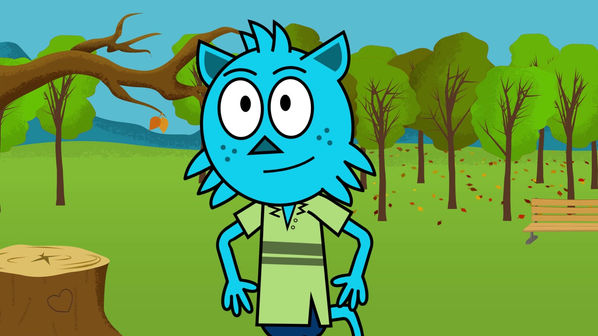At Westall Primary School we value and appreciate that Australia has many languages and cultures, but also understand the importance of good verbal and written communication skills in Standard Australian English to your child’s success in life.
The way we teach English is based on current scientific and expert recommendations, as well as the guidance provided by the State of Victoria in the English - Victorian Curriculum F–10 and the English as an Additional Language - Victorian Curriculum F–10. We teach our students to:
-
listen, speak, read, write, and think about different types of texts,
-
use Standard Australian English correctly, and to combine it with other ways of communicating,
-
build the skills they need to analyse texts and enjoy exploring literature.
Overall, our aim is that our students will appreciate and use the English language to express ideas and connect with others.
To find more information and answers to some of your common questions, please click on any of the questions below.

What does the school expect when my child starts Prep?
What are English lessons like for younger students? What is included?
What are English lessons like for older students? What is included?
How will you help my child if they’re struggling?
What is phonics?
Do you teach spelling?
What is my child’s reading level?
What sort of books does the teacher read to students?
What should my child’s handwriting look like? Does my child need to learn to type?
Is there a difference between writing and handwriting?
Phonics Videos for Parents and Kids
All Videos
All Videos


Phonics Unit 1 Sounds a i m s t_1

Phonics Unit 2 Sounds n o p_1

Phonics Unit 3 Sounds b c g h

Phonics Unit 4 Sounds d f v e

Phonics Unit 5 Sounds k l r u

Phonics Unit 6 Sounds j w z

Phonics Unit 7 Sounds x y
